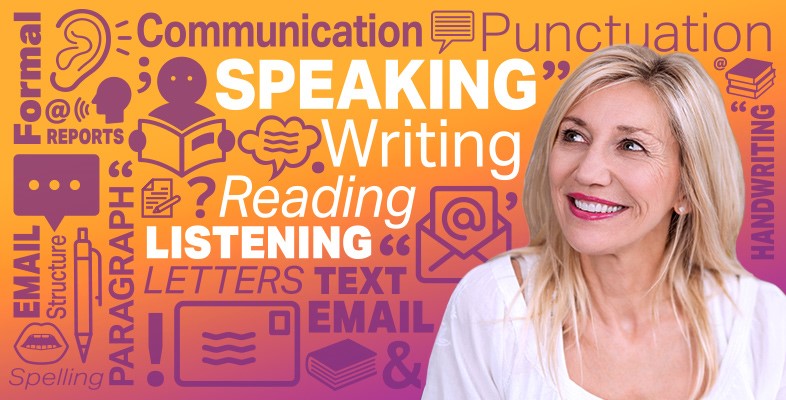2.5 Finding your way around texts
Did you notice in the last text how the title and subheadings helped you to find information?
Titles and subheadings are like signposts that help you to find your way around roads. They break the text into sections and help you to find specific information on a particular topic. A subheading also summarises the section that it covers, to give you an idea of what to expect. You will look at layout and presentation features in more detail in Section 3.
Activity _unit3.2.8 Activity 18 A lack of headings
In the following text, the title and subheadings have been deliberately left out. This makes it more difficult to decide on the subject of the text. Read the text quite quickly and answer the questions that follow. Your answers may be slightly different from the ones given.
Make sure that children are secured in the correct kind of car seat or seatbelt for their age and weight.
Remember that it is the driver’s responsibility to ensure that all the passengers under 14 years old comply with the seatbelt laws.
Always buy new car seats unless you are very sure that second-hand ones are safe and undamaged. Your garage will usually check them for you. No restraint which has been involved in the stress of a collision or violent stop should be used again, until it has been checked by a professional.
Pregnant women should still continue to wear a seatbelt, but making sure that the lap belt does up under the ‘bump’, across the hip bones. The diagonal belt should be worn across the chest, as usual.
Children may become bored on long journeys. Plan your route carefully to allow times to stop and let them stretch their legs in safe surroundings. Providing them with some kind of in-car entertainment would be a good idea, too, but it must not be distracting for the driver.
1. What is the passage about?
Answer
The passage is about safety in cars.
2. Who is responsible for making sure children are safely ‘belted-up’ in the car?
Answer
The driver of the car is responsible for making sure children are safely ‘belted up’.
3. Who will be able to check the safety of second-hand car seats?
Answer
The staff at the garage will be able to check the safety of second-hand car seats.
4. How should pregnant women wear their seatbelts?
Answer
Pregnant women should wear their seatbelts with the lap strap below their ‘bump’ and the diagonal strap across their chest, in the usual way.
5. Can you suggest two ways to make sure children don’t become bored on the journey?
Answer
By planning the journey so that the children can stretch their legs every now and again and by providing some in-car entertainment for them.
6. Can you suggest a suitable title for the text?
Answer
A good suggestion would be ‘Seatbelts for safety’. Using two ‘s’ sounds might make it stand out more for the reader. Perhaps they would remember it better. Lots of adverts use letter sounds this way, like ‘Typhoo Tea’, ‘Rolling Rock’ or ‘Pretty Polly’. Can you think of any more examples?
7. Would you use a sub-heading for each paragraph?
Answer
You probably wouldn’t use a subheading for every paragraph as they are quite short. However, some of them could have one. For example, the last paragraph could be headed ‘Beating boredom’.
Activity _unit3.2.9 Activity 19 Check what you’ve learnt: ways of reading
1. What kind of reading are you doing when you skim a text?
Discussion
When you skim a text, you look through it very quickly to try to get an idea of what it is about. You might use skimming when you’re looking at a book to decide whether to buy it.
2. What kind of reading are you doing when you scan a text?
Discussion
When you scan a text, you read it quickly to find information that you need; you scan when you have an idea in your head beforehand about what you are looking for. You would use scanning to look more carefully at a text before deciding to read it more deeply.
3. What kind of reading are you doing when you read in depth?
Discussion
When you read a text in depth, you read it carefully to get as much information as you can. You would need to read in depth if the text was very important or complicated.
4. What method of reading would you use for the following tasks?
a. Picking a magazine to read on the train.
b. Reading the telephone bill to check that it’s correct
c. Reading a novel
d. Reading a job description when applying for a job
Discussion
- a.To pick a magazine at the newsagent’s you would skim or possibly scan it if it was very expensive, to be sure you wanted to buy it.
- b.To read the telephone bill, you would skim or scan if you didn’t recognise some of the telephone numbers.
- c.To read a novel, you would usually read in depth.
- d.To read a job description, you would read in depth because it is important to know exactly what you would have to do in a new job.
